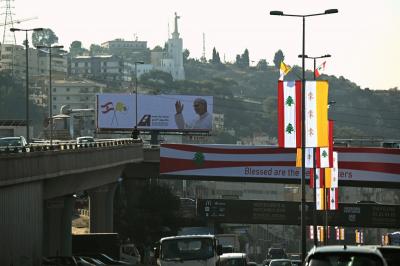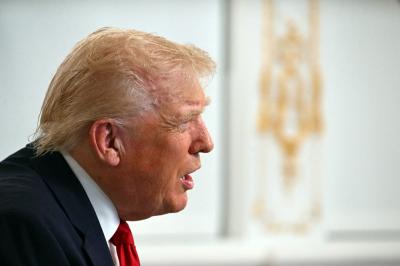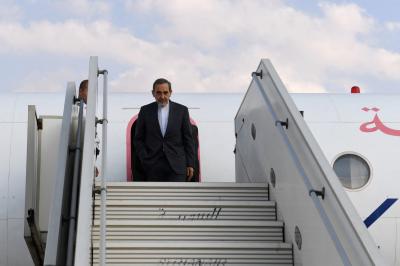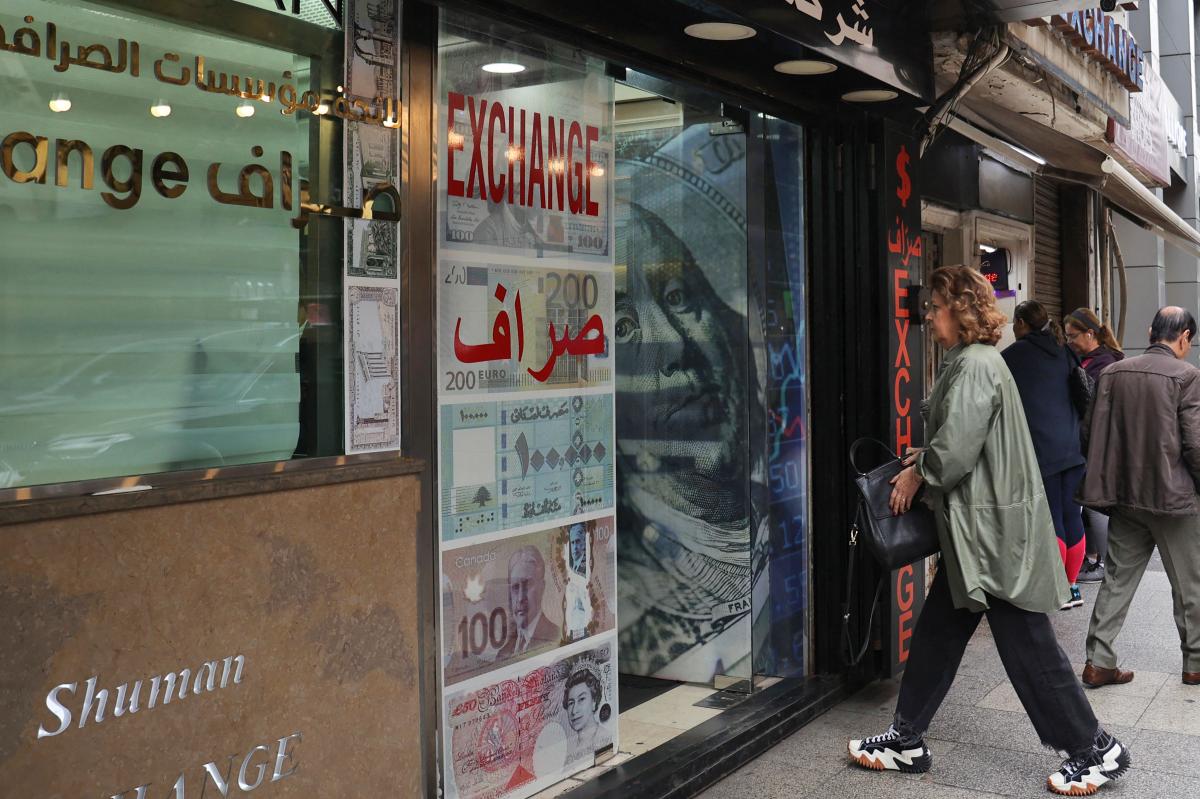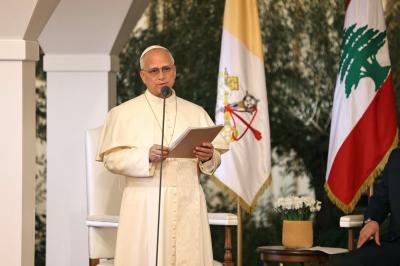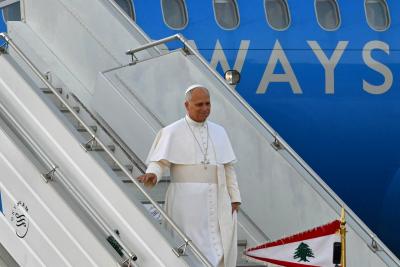Following the latest session of the Finance and Budget Committee, its chairman, MP Ibrahim Kanaan announced that the law authorizing the Central Bank of Lebanon to issue new currency denominations had been amended to reflect the president’s recommendations. Chief among them: the introduction of a 5 million Lebanese lira banknote.
Additional Funding for the Public Sector
Kanaan also revealed that the committee approved an additional 2 trillion lira credit line to secure the recently decreed salary increase of 12 million lira per month for every retired public sector employee. He stressed that the committee is seeking a comprehensive and fair solution to this socially sensitive issue. As part of its push for financial transparency, the committee also requested that the Ministry of Finance provide full details of treasury accounts, revenues, and any anticipated extra spending through the end of the year.
The Logic Behind the New Note
The launch of the 5 million lira note comes as the Lebanese pound continues its steep depreciation against the U.S. dollar. Experts say the main purpose of this denomination is to facilitate daily transactions in an inflationary environment, since the highest existing bill—1 million lira—no longer suffices for large commercial operations or even some everyday purchases.
Economist Dr. Mahmoud Abdel Qader told Al Safa News:
“The issuance of the 5 million lira note is an official acknowledgment of the severe inflation that has hit the national currency. It is a practical step for easing cash transactions, but it also highlights the absence of a comprehensive reform plan. The purchasing power of this new bill may quickly erode if the currency’s decline continues.”
He added:
“The bigger danger lies in normalizing inflation. Once citizens grow accustomed to using a 5 million lira note, it signals that the economy has entered a deeply inflationary phase that will be difficult to reverse without structural reforms—ranging from restoring fiscal discipline to restructuring the banking sector and rebuilding trust in the currency.”
Between Necessity and Fear
On one hand, some argue that issuing the new note is necessary to ease logistical burdens on individuals and businesses forced to deal with massive volumes of cash. On the other hand, critics warn that the move could be seen as yet another sign of the country’s deepening crisis rather than a step within a broader, integrated reform plan.
The introduction of the 5 million lira note cannot be separated from Lebanon’s broader financial and monetary turmoil. It is a short-term practical fix to facilitate transactions—but it also stands as a stark reminder that the crisis is far from over. Real recovery will require more than printing new banknotes; it will demand structural reforms capable of restoring value to the lira and stability to the economy.
Please post your comments on:
[email protected]
 Politics
Politics
